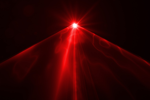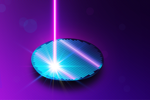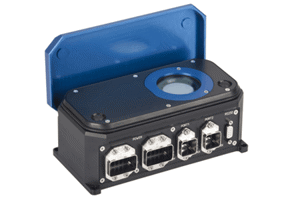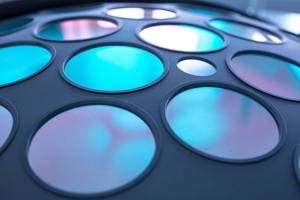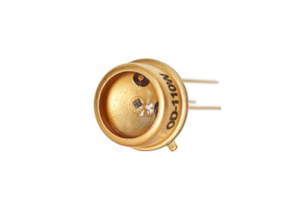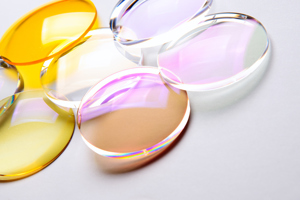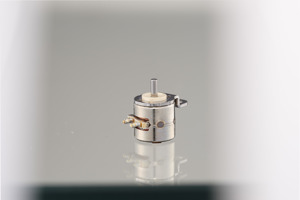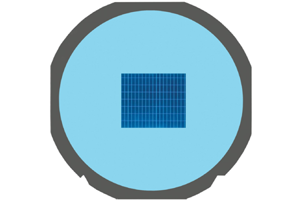Optical Components
OPTICAL COMPONENTS WHITE PAPERS & APPLICATION NOTES
-
Dynamic Illumination In Phase-Shifting Interferometry
Dynamic Illumination in phase-shifting interferometry enhances precision metrology using steering mirrors to enable phase shifting, autofocus, and noise reduction, improving measurement accuracy and versatility in optical testing.
-
The Benefits Of Customised Optical Filters For Machine Vision
Customized optical interference filters optimize machine vision performance by tailoring light control for specific tasks—enhancing precision, speed, and reliability in industrial inspection, automation, and quality assurance applications.
-
University Of Ottawa Relies On The BEAMAGE Series To Measure Laser Profiles
The University of Ottawa lab successfully used beam profilers to improve Power-Over-Fiber receiver chip development, ensuring precise, efficient laser measurements for advanced photonic research.
-
Lot-To-Lot Consistency With Semrock Optical Filters
Not all optical filters perform as advertised. See how Semrock filters deliver proven lot-to-lot consistency—matching theoretical performance with real-world results every time.
-
Precision In Light: DUV Photodiodes In Lithography & Medicine
DUV photodiodes are essential for precise UV dosage control in medical applications like phototherapy and sterilization, as well as in semiconductor manufacturing for lithography systems.
OPTICAL COMPONENTS / OPTICS ABOUT DOCUMENT
Optics
Optics is an interesting subset of physics. It is the study of light and how it can be used in various industries from measurements to biology as well as photography to navigation. Optics is a fascinating field and we are just beginning to scratch the surface with what we know. One of the most interesting developments in optics is the use of fiber optics in the transmission of data. Light is used to transmit data across long distances and this has proved to be efficient as well as inexpensive.
Light is the fasted trailing particle in the universe and it is radiated from one point to the next in the form of waves. Light in a vacuum can travel at an astonishing 300 million meters per second, a speed that would take it to the moon in just about one second. Optics is primarily concerned with the use of light and how the light can be reflected, refracted, bent or manipulated in just about any way. The unique nature of light gives tremendous benefits in using it in various industries. Optics is no one of the ways where light can be used to store data. It seems that anything electrons have done in the past, light waves are able to do, just able to do it faster. In the beginning copper cables were used to transmit electrical pulses in network data transfer. While at that time it was a breakthrough, it was comparatively slow to the movement of light through fiber optics. Once fiber optics replaced, broad band speeds were achieved. All thanks to optics. The uses of optics can advance further with headway being made in fields of defense as well as medicine. Optics are now being used to return sight to the blind as well as create sight for robots.



